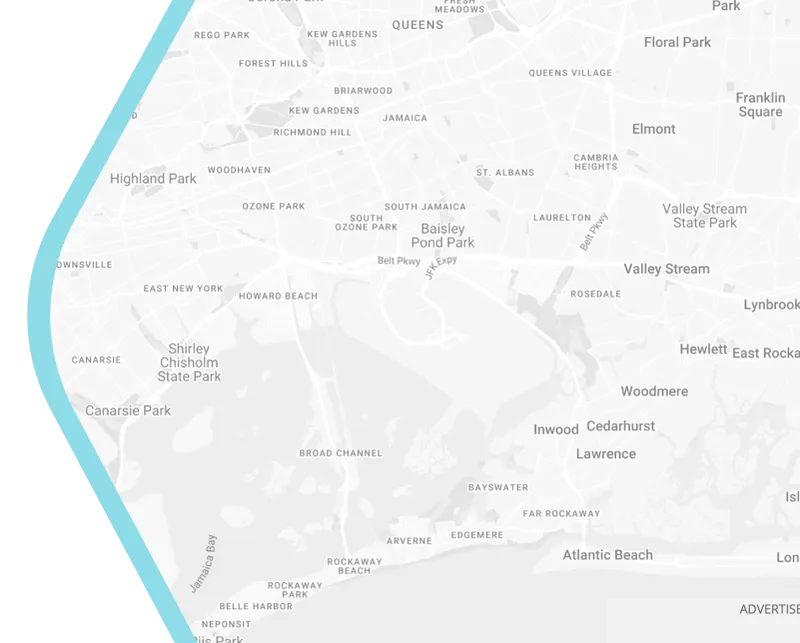
Designing Inclusive and Smart Environments for Children: How Smart City SS is Transforming Communities in Developing Countries
In an era of rapid urbanization, the need for child-friendly, inclusive, and sustainable spaces has never been more critical. Children are the future, yet their needs are often overlooked in urban planning and development. This is especially true in developing countries like India and Nepal, where resources are limited, and urbanization is happening at an unprecedented pace.
At Smart City SS, we believe that every child deserves access to safe, inclusive, and stimulating environments. Based in Australia, we specialize in designing smart city solutions that balance sustainability, technology, and social equity. Our work extends beyond borders, helping communities in developing countries create spaces where children can thrive.
In this blog, we’ll explore the importance of child-friendly spaces, the role of smart design, and how Smart City SS is making a difference in countries like India and Nepal. We’ll also share key principles for designing inclusive environments and discuss the future of smart, child-friendly urban spaces.
Why Child-Friendly Spaces Matter in Urban Development
Urbanization is transforming the world, but not always for the better. In developing countries, rapid urban growth often leads to overcrowded cities, inadequate infrastructure, and a lack of safe spaces for children. According to a UNICEF report, nearly 1 billion children live in urban areas, many of whom lack access to basic services like clean water, education, and safe play areas.
Child-friendly spaces are not just about playgrounds; they are about creating environments that support children’s physical, emotional, and cognitive development. These spaces can include schools, community centers, parks, and even streets designed with children in mind.
For example, in India, where over 30% of the population is under 18, the need for child-friendly urban design is urgent. Similarly, in Nepal, where many communities are still rebuilding after the 2015 earthquake, creating safe and inclusive spaces for children is a top priority.
The Role of Smart Design in Creating Inclusive Environments
Smart design goes beyond aesthetics; it’s about using technology and innovation to solve real-world problems. For child-friendly spaces, this means integrating features like:
- Energy-efficient systems: Reducing the environmental impact of urban spaces.
- IoT-enabled playgrounds: Using sensors to monitor safety and usage.
- Inclusive design: Ensuring spaces are accessible to children of all abilities.
At Smart City SS, we leverage our expertise in smart city solutions to create environments that are not only functional but also sustainable and scalable. For instance, our projects in India and Nepal incorporate solar-powered lighting, rainwater harvesting systems, and modular designs that can be adapted to different contexts.
Case Studies: Smart City SS Projects in India and Nepal
Transforming Schools in Rural India
In collaboration with local governments and NGOs, we redesigned several schools in rural India to make them more child-friendly and sustainable. Key features included:
- Solar panels to provide reliable electricity.
- Rainwater harvesting systems to ensure access to clean water.
- Bright, colorful classrooms designed to stimulate learning.
These schools have become community hubs, benefiting not just children but also their families.
Rebuilding Communities in Nepal
After the 2015 earthquake, we worked with local communities in Nepal to design child-friendly spaces that are both resilient and inclusive. Our projects included:
- Earthquake-resistant community centers.
- Inclusive playgrounds designed for children with disabilities.
- Green spaces that promote environmental awareness.
These projects have helped communities rebuild while prioritizing the needs of their youngest members.
Australia as a Hub for Global Smart City Solutions
As an Australian-based company, we draw on the country’s reputation for innovation and sustainability. Australia is a leader in smart city technologies, from renewable energy to IoT-enabled infrastructure. At Smart City SS, we combine this expertise with a deep understanding of the challenges faced by developing countries.
Our work in Australia includes designing smart schools and community spaces that serve as models for global projects. By adapting these solutions for countries like India and Nepal, we’re able to deliver high-impact results that are both cost-effective and scalable.
Key Principles for Designing Child-Friendly, Inclusive Spaces
Sustainability and Environmental Impact
Children are the most vulnerable to the effects of climate change. By designing spaces that are energy-efficient and environmentally friendly, we can create a better future for them.
Inclusivity and Accessibility
Every child deserves a space where they feel welcome. Inclusive design ensures that children of all abilities can play, learn, and grow together.
Community Engagement and Collaboration
Successful projects require the involvement of local communities. By working closely with residents, we ensure that our designs meet their needs and reflect their values.
The Future of Child-Friendly Smart Environments
The demand for child-friendly, inclusive spaces is growing, and so is the potential for smart technologies to address this need. From AI-powered learning tools to green infrastructure, the possibilities are endless.
At Smart City SS, we’re committed to leading the way in this field. Our projects in Australia, India, and Nepal are just the beginning. We believe that by working together, we can create a world where every child has access to safe, inclusive, and stimulating environments.
Let’s Build a Better Future Together
At Smart City SS, we’re passionate about creating smart, inclusive, and sustainable spaces for children. If you’re inspired by our work and would like to learn more about how we can collaborate, visit our About Us page.
Ready to take the next step? Contact us today at Contact Us to discuss how we can bring your vision to life. Together, we can build a brighter future for children everywhere.
